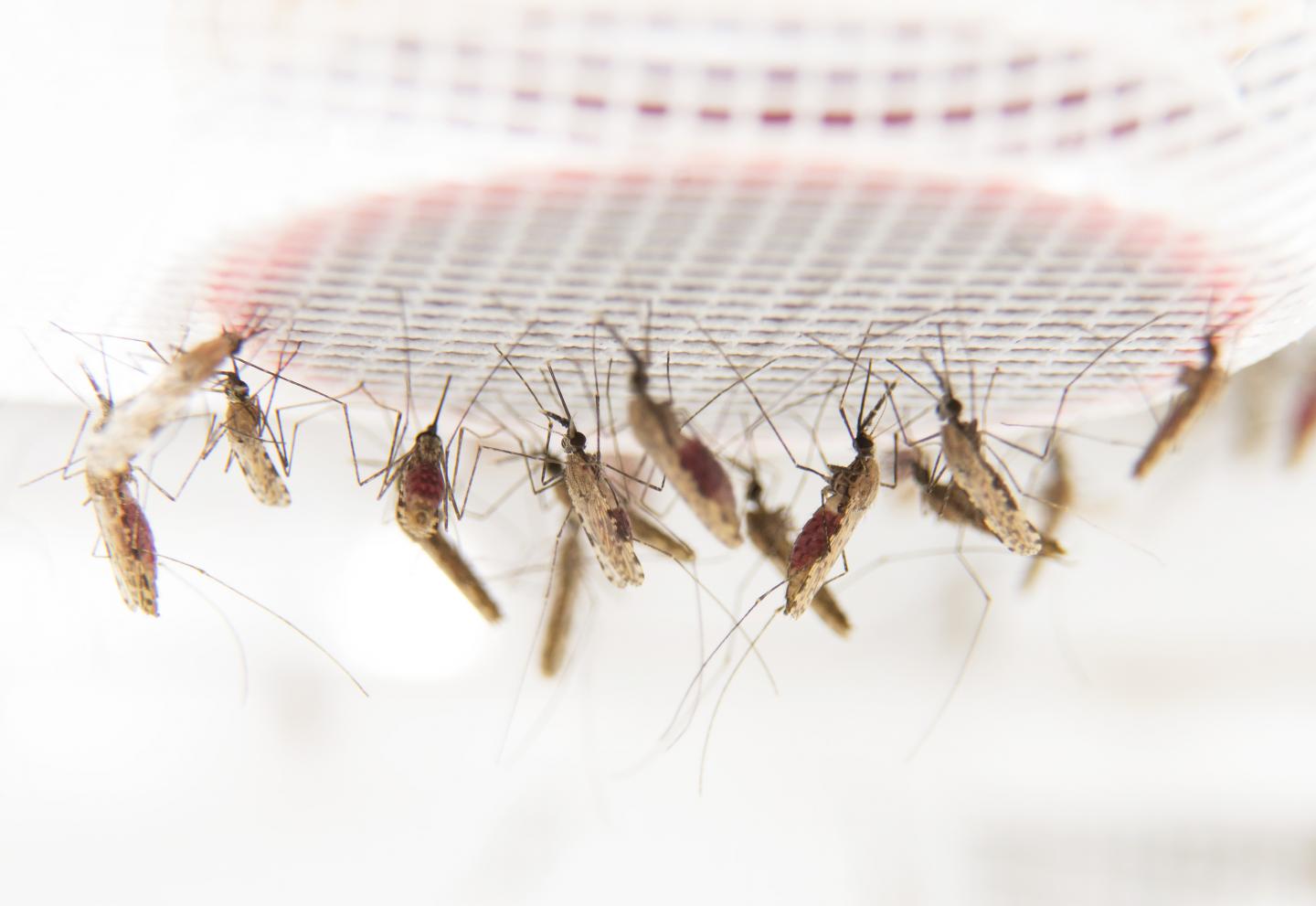



Malaria is a mosquito-borne infectious disease affecting humans and other animals caused by parasitic protozoans (a group of single-celled microorganisms) belonging to the Plasmodium type. Malaria causes symptoms that typically include fever, fatigue, vomiting, and headaches.

Some years ago, malaria researchers devised an interesting experiment where subjects—some infected with malaria and others not—slept in “chambers” that allowed the scientists to release malaria-infected mosquitos, giving them a choice of which subject to target. Due to the design of the chamber, the subjects were never in any real danger of being bitten, as the experiment was designed to test a long-standing hypothesis that those infected with malaria attract more malaria mosquitoes than the uninfected. The hypothesis proved to be true as researchers isolated significantly more mosquitoes from the chambers.
While the experiment proved to be successful, as often occurs in science, a positive result opens the door to dozens of further questions and hypotheses. Topping the list of important unanswered theories was what exactly was causing the attraction of the mosquitoes to parasite-infected patients. Many possibilities have bounced around parasitology labs, but now a group of researchers from Stockholm University, the Swedish University of Agricultural Sciences, and KTH Royal Institute of Technology believe they have hit pay dirt with a specific molecular mechanism.
The Swedish investigators are optimistic that their findings could lead to new ways of fighting malaria without the use of poisonous chemicals. Their results were published online in Science on February 9 in the article “A Key Malaria Metabolite Modulates Vector Blood Seeking, Feeding, and Susceptibility to Infection.”
“The malaria parasite produces a molecule, HMBPP [(E)-4-hydroxy-3-methyl-but-2-enyl pyrophosphate], which stimulates the human red blood cells to release more carbon dioxide and volatile compounds with an irresistible smell to malaria mosquitoes. The mosquito also eats more blood,” noted senior study author Ingrid Faye, Ph.D., professor in the department of molecular biosciences at Stockholm University.
Dr. Faye and her colleagues discovered that most malaria mosquitoes were attracted by HMBPP-blood, even at very low concentrations. The mosquitoes are also attracted more quickly and drink more blood. Moreover, these mosquitoes acquire a more severe malaria infection, due to higher numbers of parasites that are produced. This indicates that the extra nutrients from the larger meal of blood are used to produce more parasites, researchers believe. Neither humans nor mosquitoes use HMBPP themselves, but the parasite needs the substance to be able to grow.
“HMBPP is a way for the malaria parasite to hail a cab, a mosquito, and successfully transfer to the next host,” explained lead study investigator Noushin Emami, Ph.D., a postdoctoral researcher at in the department of molecular biosciences at Stockholm University.
“This seems to be a well-functioning system, developed over millions of years, which means that the malaria parasite can survive and spread to more people without killing the hosts,” Dr. Faye added.
These results may be useful in combatting malaria. Today the most efficient way is to use mosquito nets and insecticides to prevent people being bitten. Resistance against the insecticides requires new control methods to be developed to tackle the mosquitoes. In addition, medicines, even the drug awarded the 2015 Nobel Prize (artemisinin), are becoming progressively inefficient when the parasite becomes resistant to them, and new drugs must be developed constantly. Since a vaccine seems a long way off, a major step forward in the fight against malaria would be to create a trap that uses the parasite’s own system for attracting malaria mosquitoes.
 Relevant
news
Relevant
news